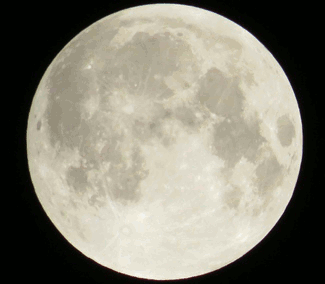Total Lunar Eclipse, 21st January, 2019
Shown on this page are some photographs taken from a total lunar eclipse as seen over the skies of eastern England, in the early hours of January 21st, 2019. An eclipse of the Moon occurs when the Earth lies directly between the Sun and the Moon and the Moon lies in the shadow of the Earth. For this to happen, all three bodies lie in a straight line and the Moon passes directly through the darkest part of the Earth’s shadow, known as ‘the umbra’.

During a total lunar eclipse, the Moon usually turns a deep, dark red because it is illuminated by light that has passed through the Earth's atmosphere and has been bent back towards the Moon by refraction. Prior to totality, the Moon went through various other stages of the eclipse; these were a penumbral eclipse (where the Moon started to enter the Earth’s penumbra - area of partial shadow, and began to darken), a partial eclipse (where the Moon started to enter the Earth’s umbra and left its penumbra, darkening considerably, almost as if it was changing its phase from full Moon to waning crescent in just over an hour), followed by the start of the full eclipse (when the Moon had completely entered the Earth’s umbra and started to turn red). After the maximum/full eclipse ended, the Moon started to leave the Earth’s umbra and entered its penumbra, losing its red colour. One side then started to get lighter whilst the other was still very dark as it entered the Earth’s penumbra, almost as if it was changing from a waxing crescent to a full Moon in approximately one hour. Also on this website is a photographic account of a total solar eclipse, which was viewed from Tennessee on August 21st, 2017 (link Here).
Back to Top